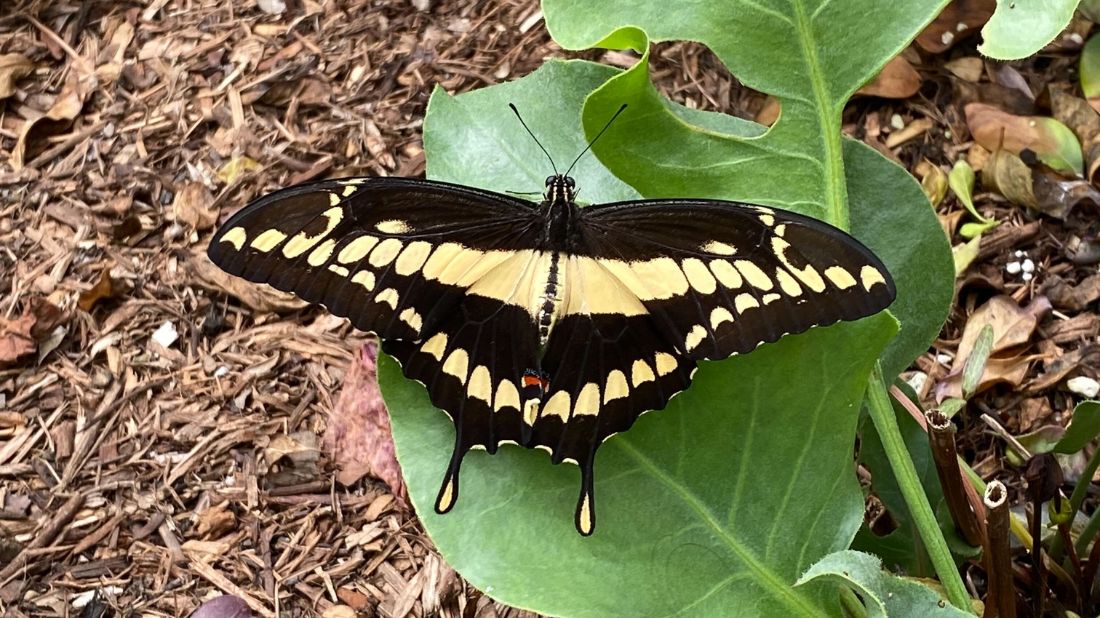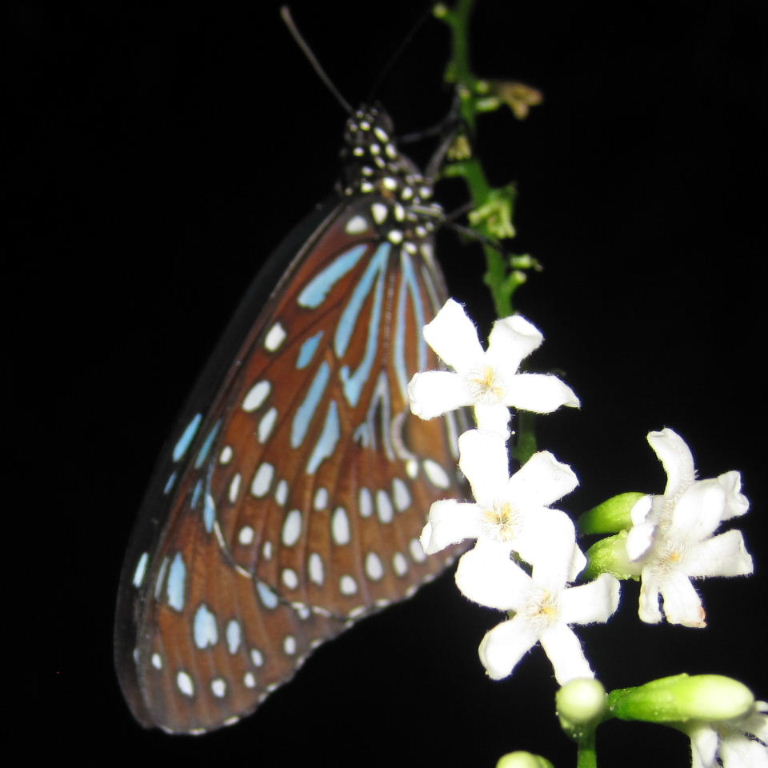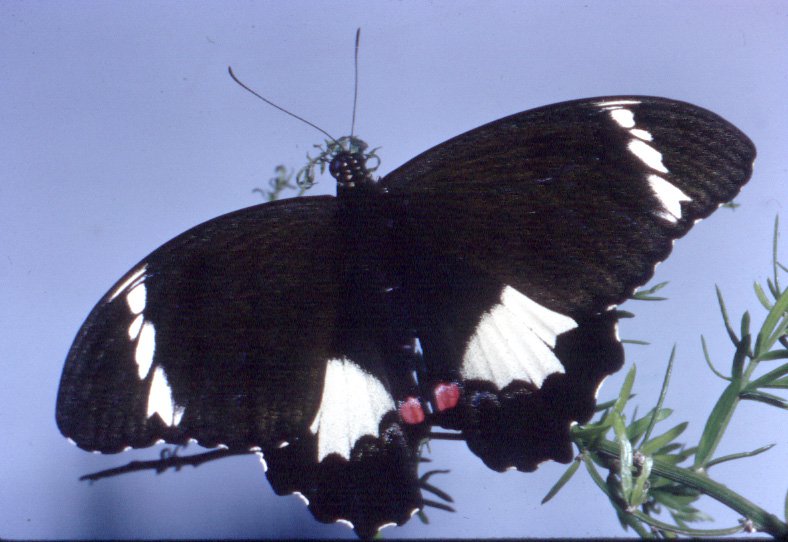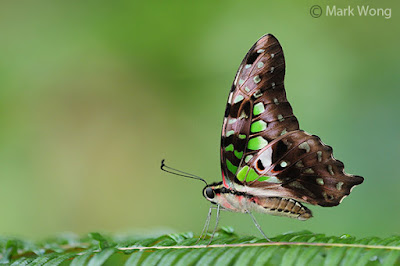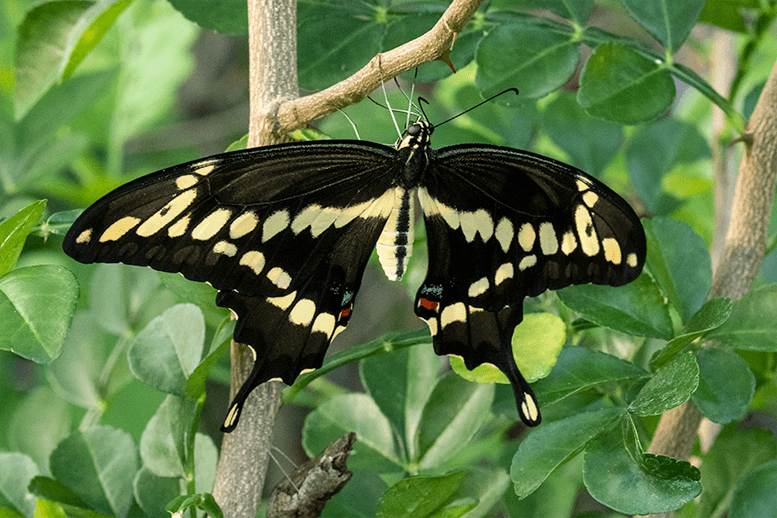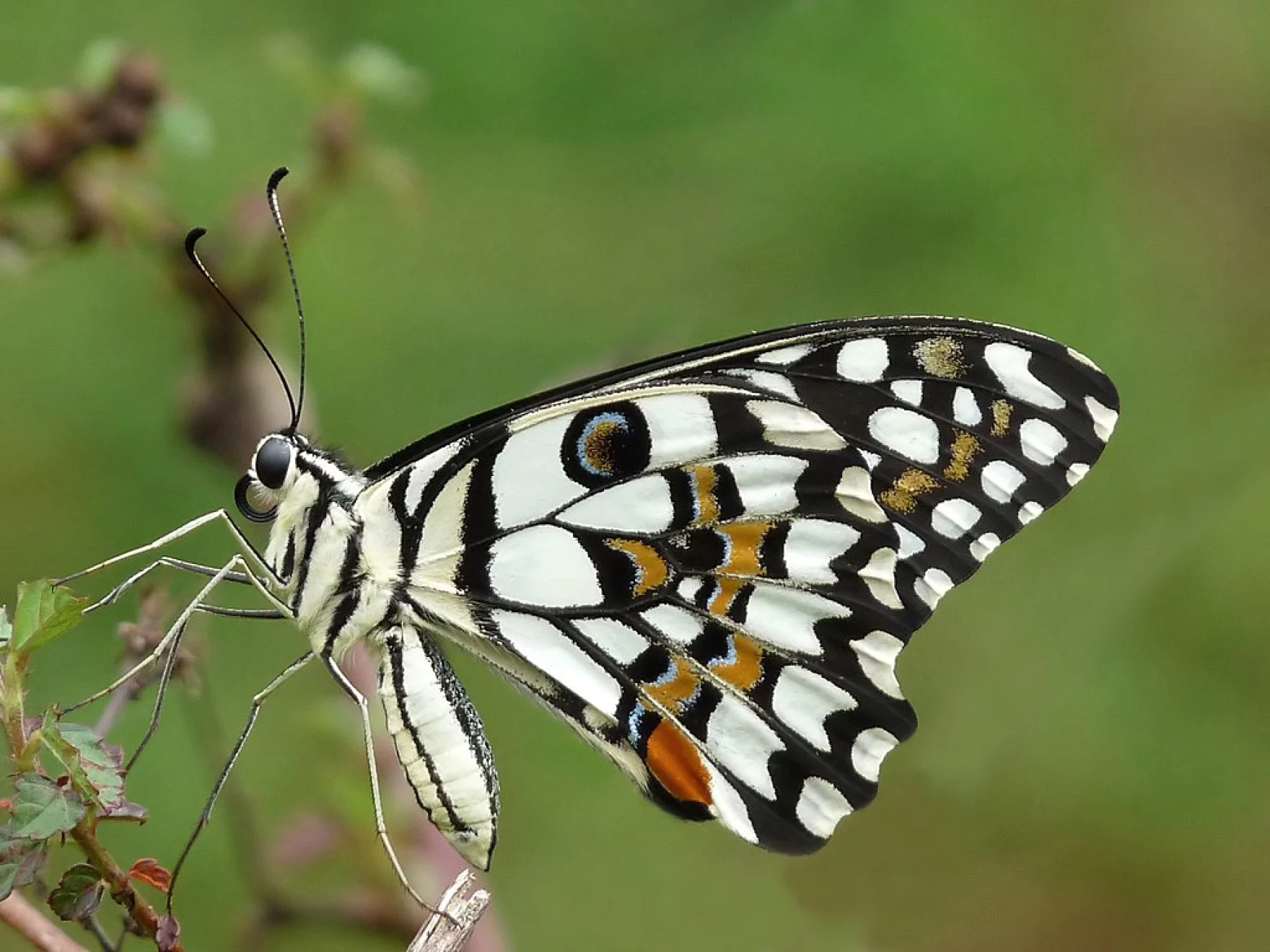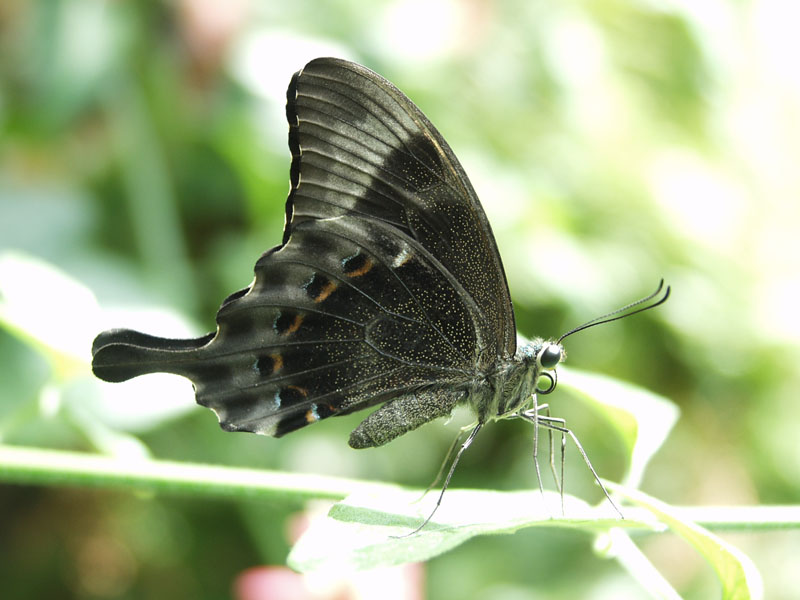Adonis Blue butterfly Habitat & Life cycle FCATS
This beautiful species of butterfly is one of the most characteristic of unimproved southern chalk downland, where it can be seen flying low over shortly grazed turf (typically steep, south-facing slopes). The males have brilliant sky-blue wings, while the females are chocolate brown and far less conspicuous. Both sexes have distinctive black lines that enter or cross the white fringes of the wings. The white, textured disc-shaped eggs are laid singly under young, unshaded Horseshoe Vetch leaves in May-June and August-September. They can be found most easily in September where unshaded Horseshoe Vetch is growing on short turf. The Adonis … Read more


